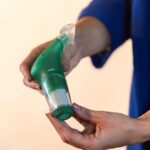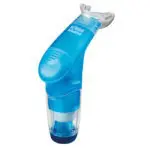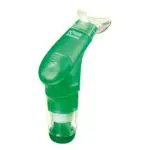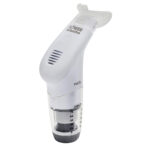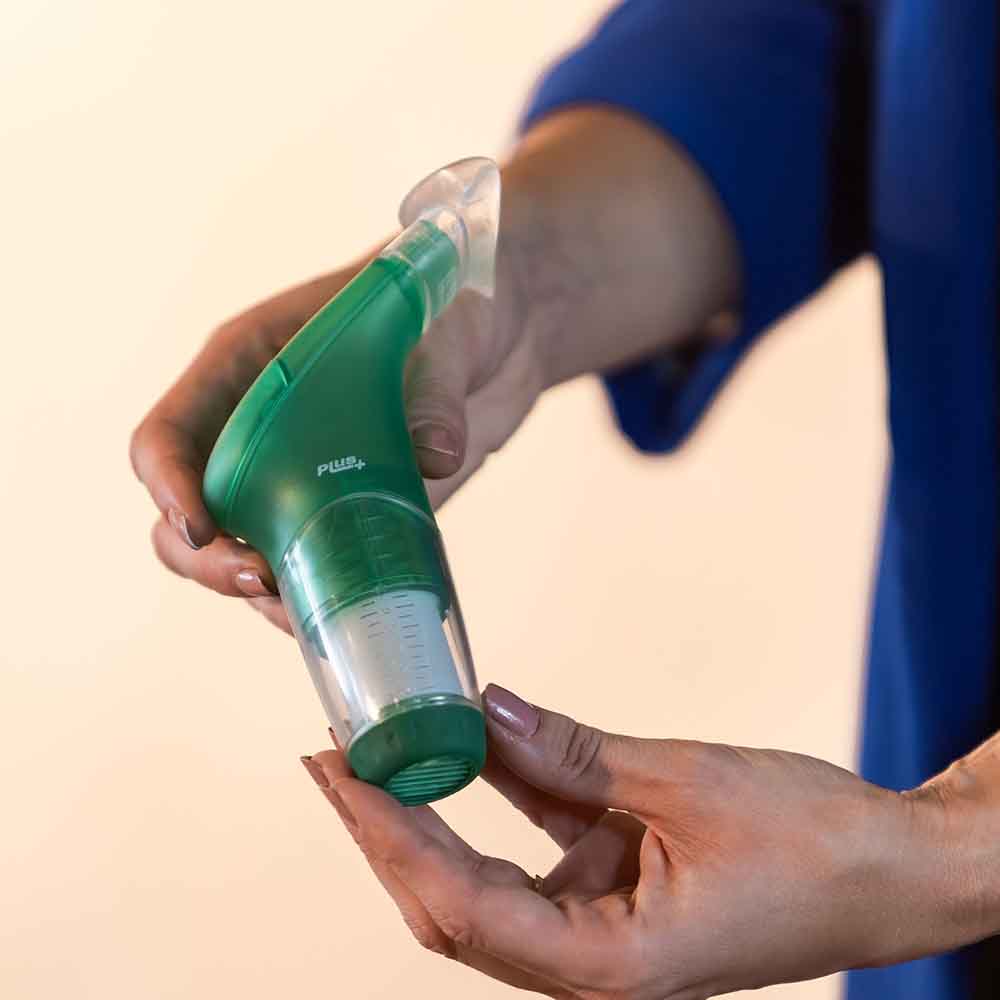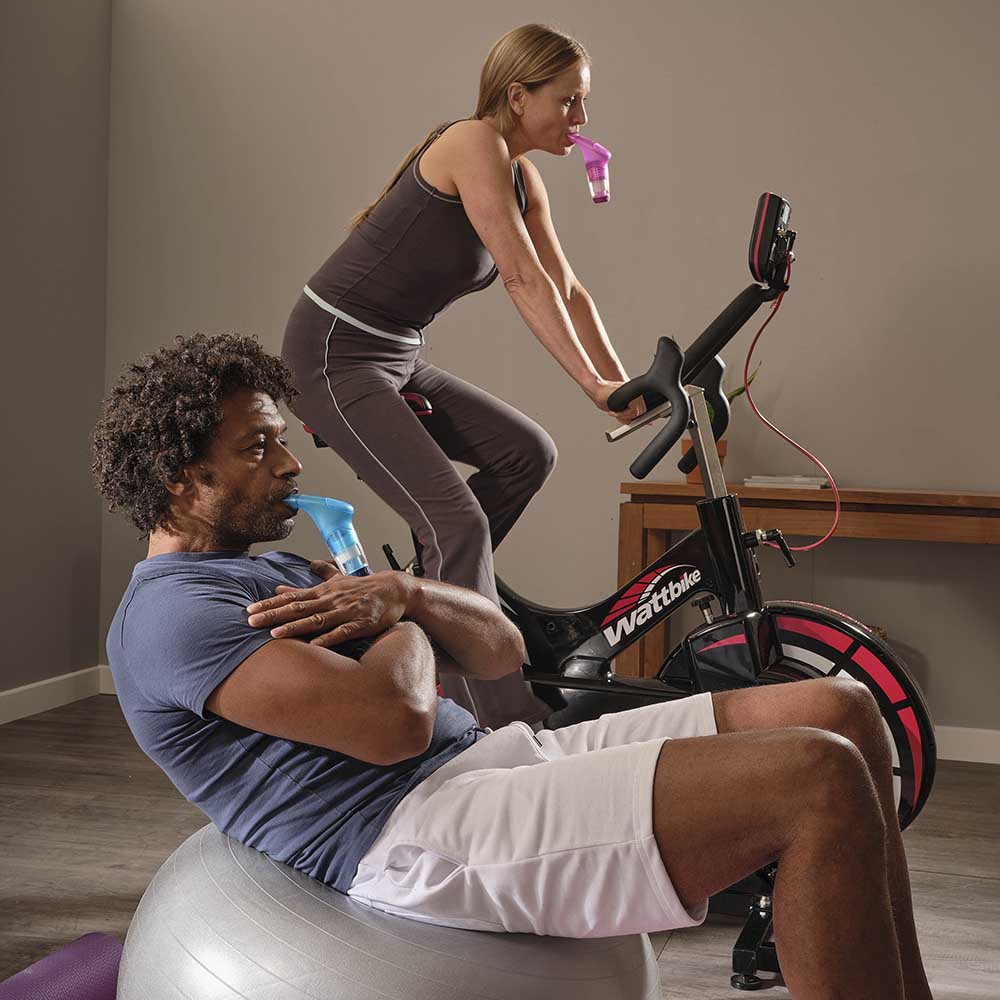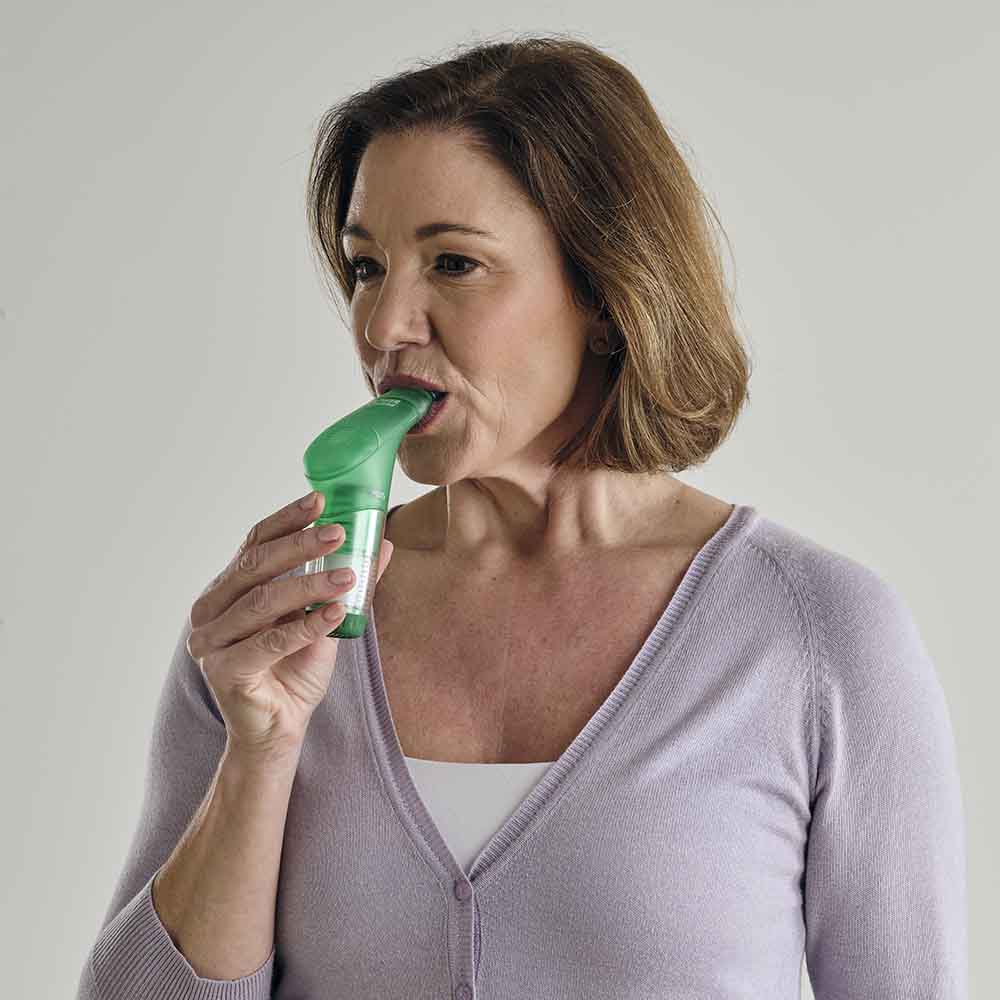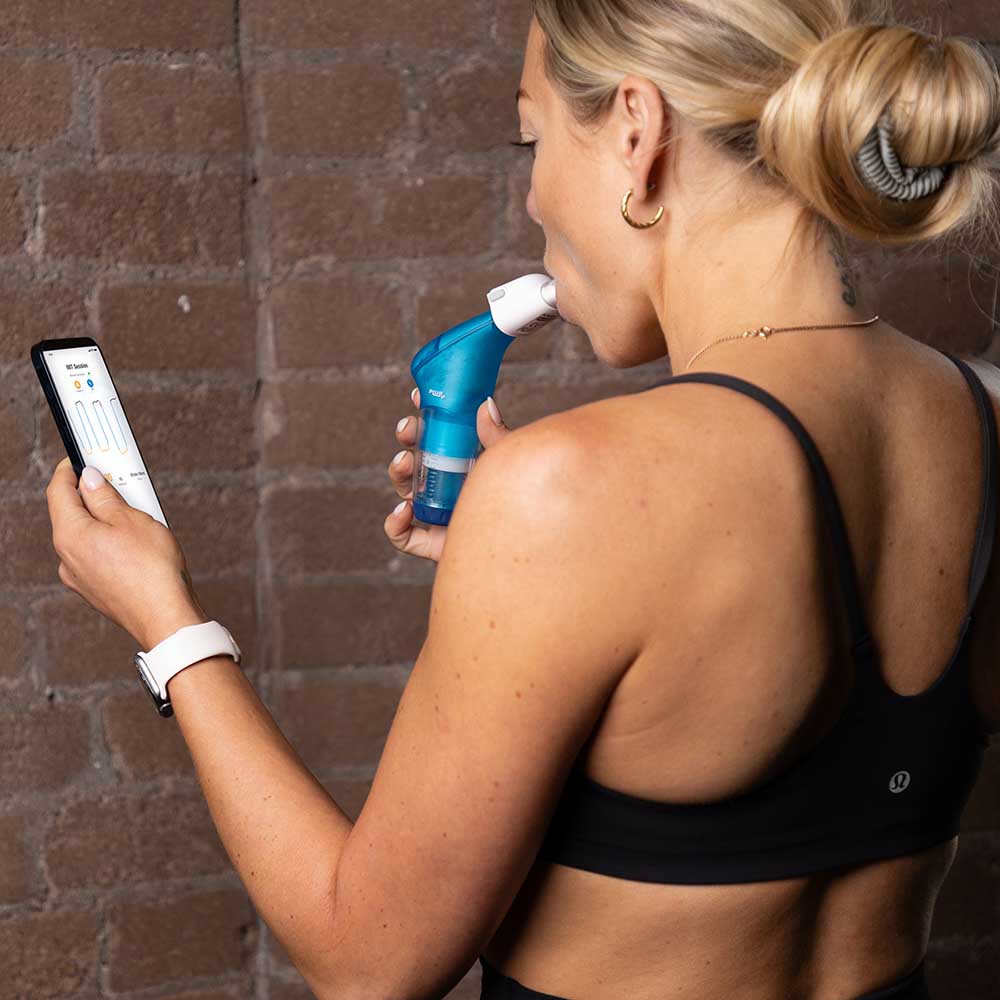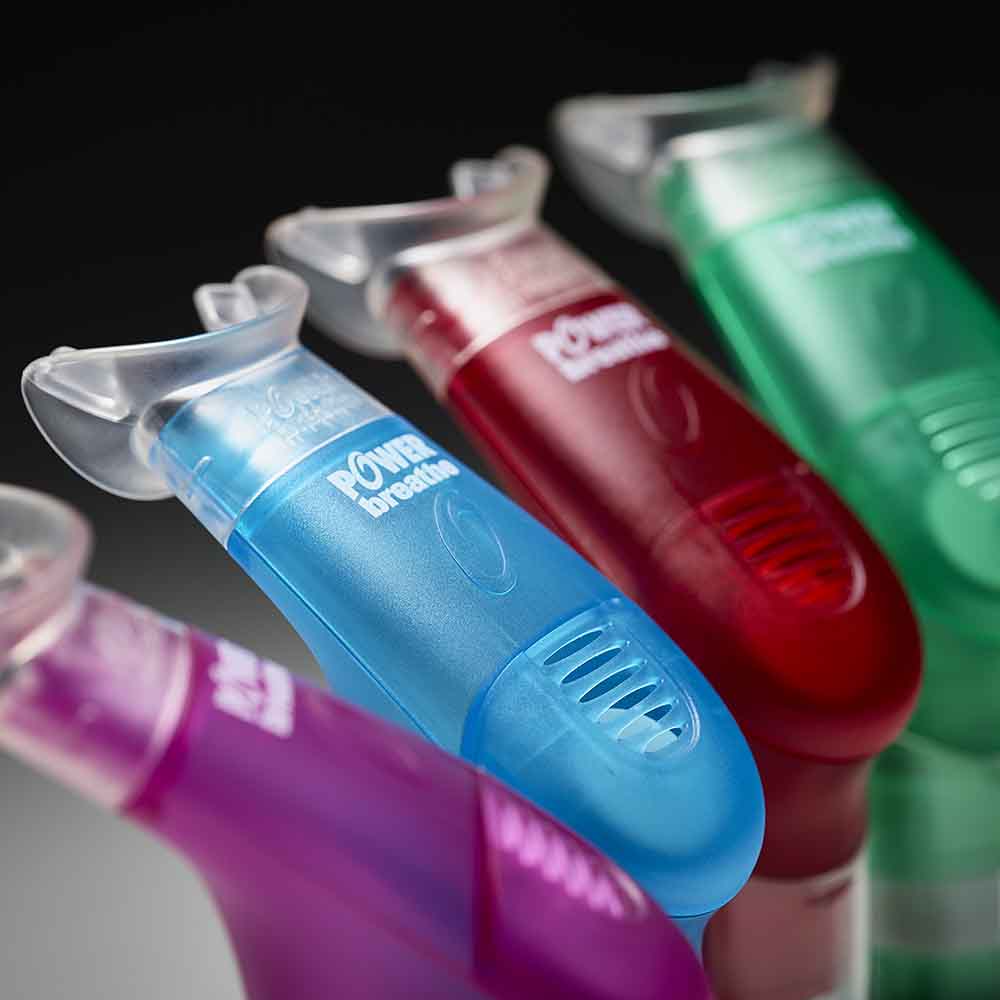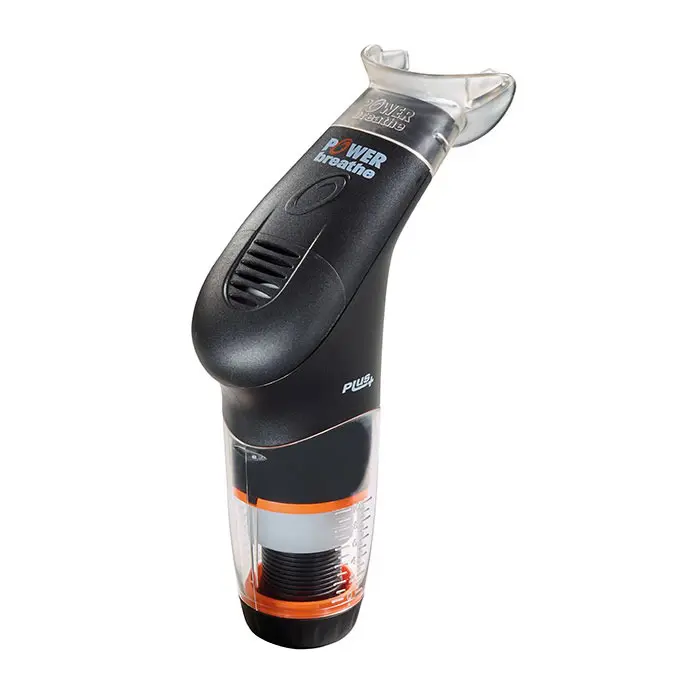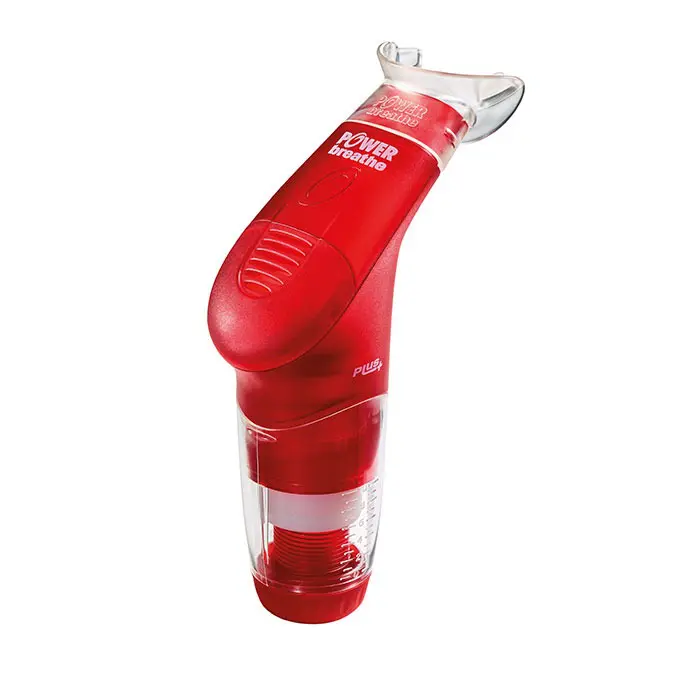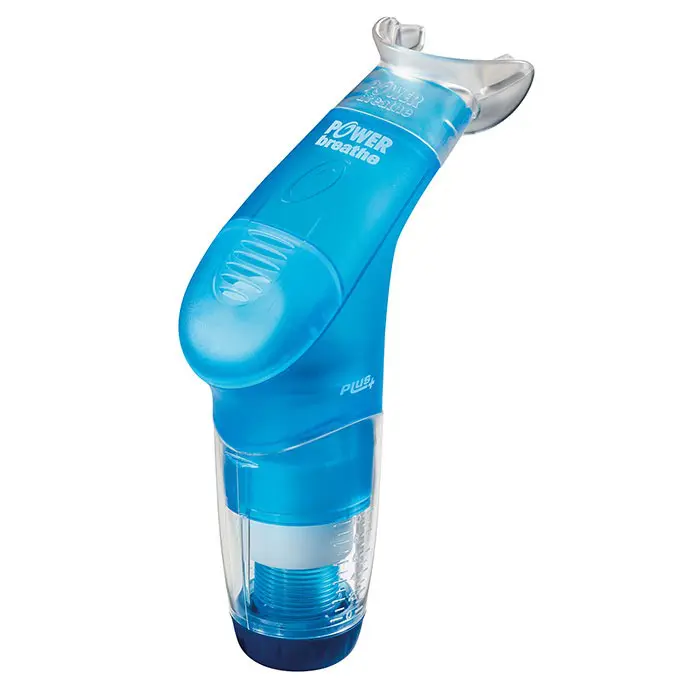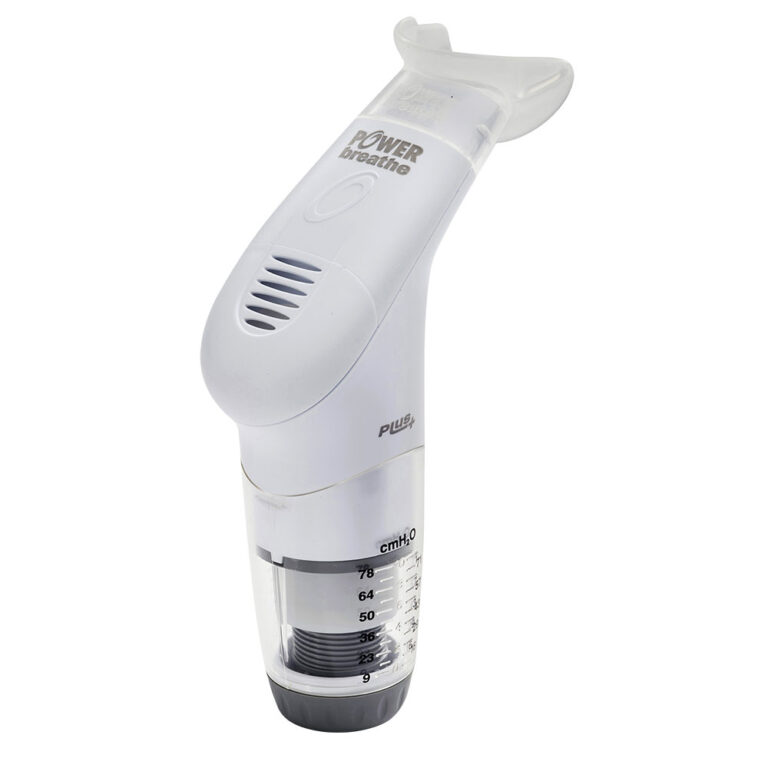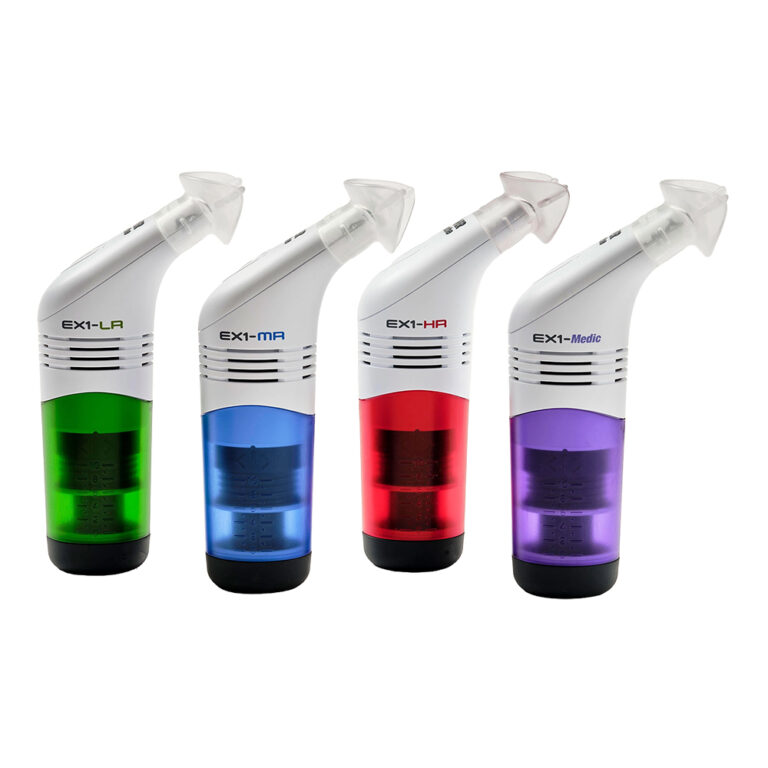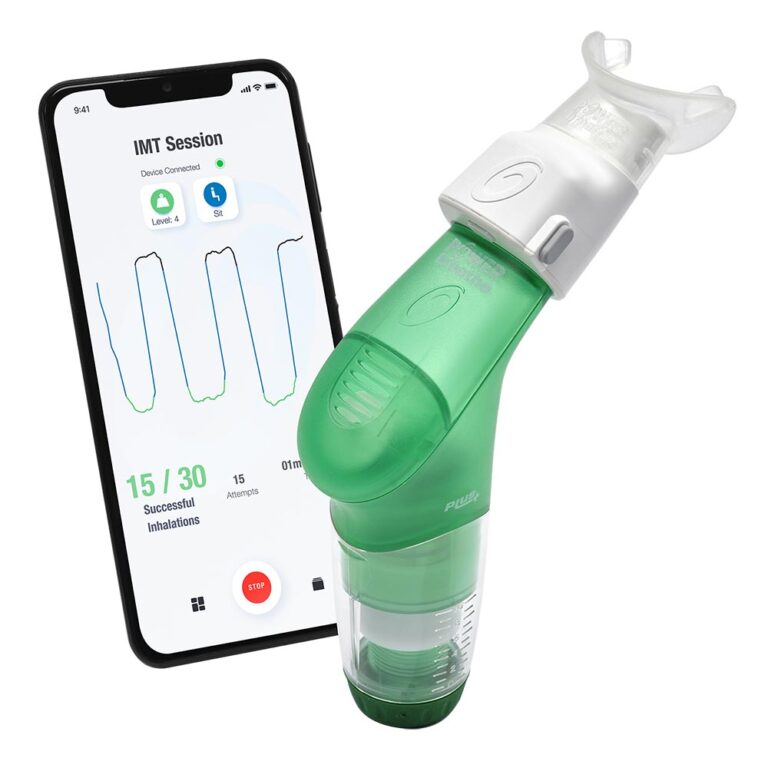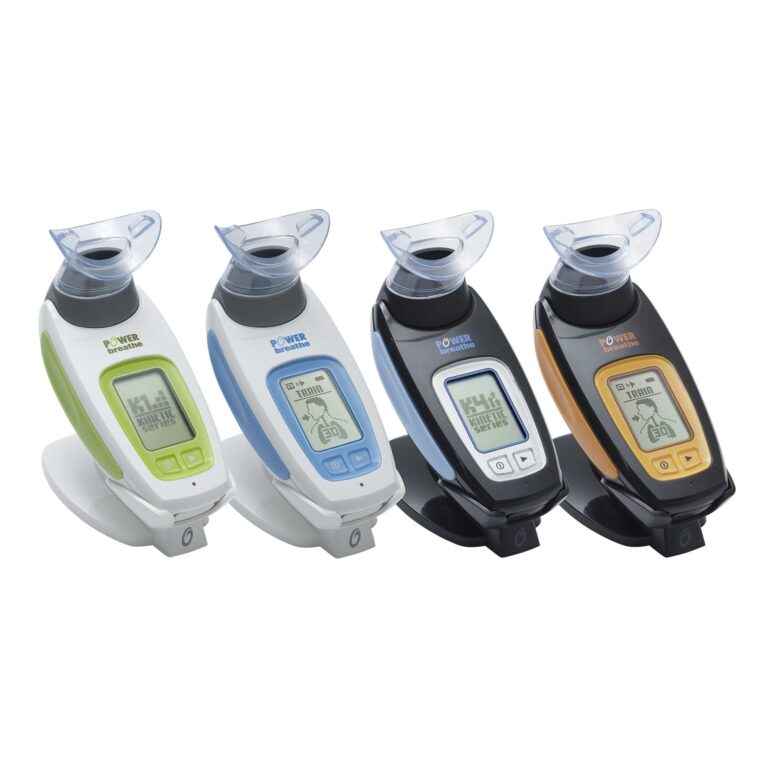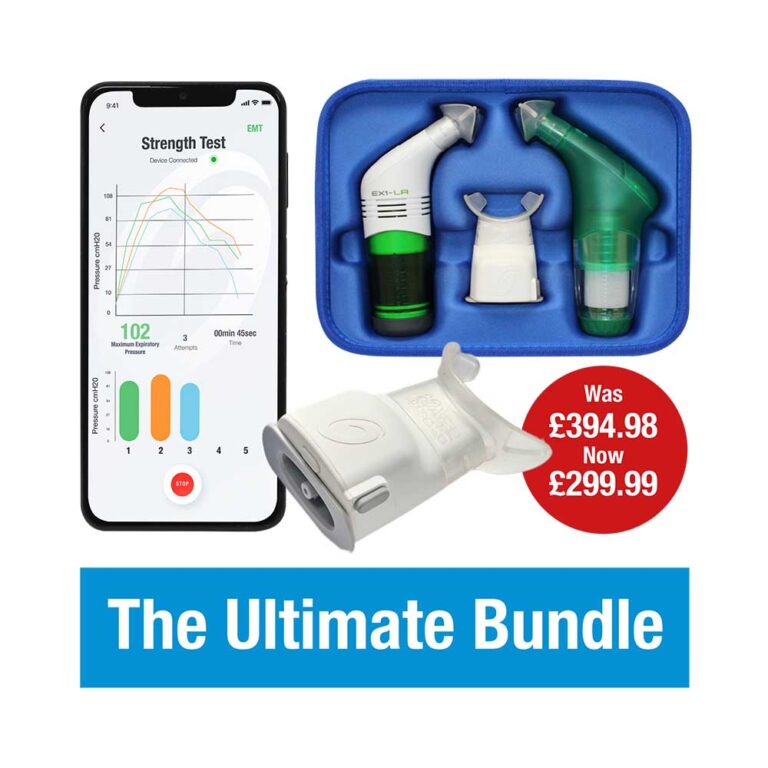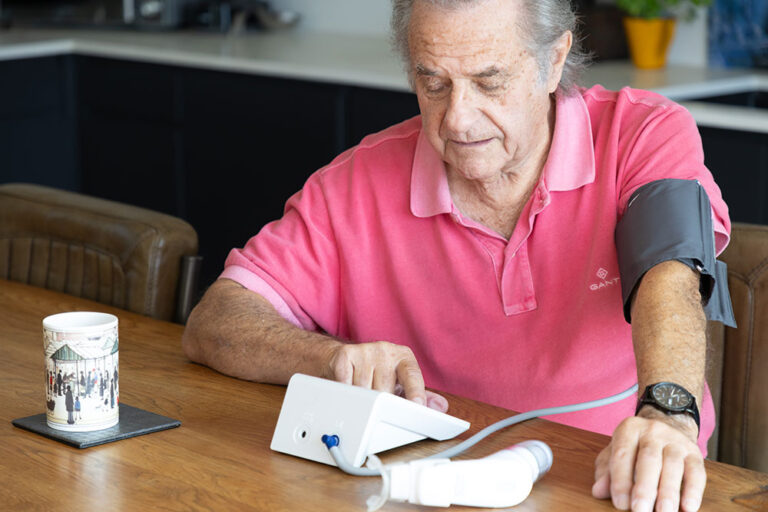Description
The condition of your breathing muscles influences how well you can breathe. For people that are unfit or suffering from conditions such as COPD and asthma, breathing requires more effort and energy. Carrying out breathing training decreases this effort and reduces your demand for oxygen during exercise.
Ideal for those who are new to breathing training, this second-generation device makes training easier and more effective with a softer, ergonomic mouthpiece and improved airflow performance. The POWERbreathe Plus series is also the most appropriate alternative to the electronic POWERbreathe K3 used in the Colorado research for lowering blood pressure (and aired on NPR, National Public Radio, in the USA) as it provides a good resistance to your inspiration.
Whether you’re an athlete, singer, recovering from surgery, or managing a respiratory condition, this easy-to-use trainer has been scientifically proven to help you build lung stamina and reduce breathlessness in just 30 breaths, twice a day.
Dumbbells for your diaphragm – Breathing training with the POWERbreathe Plus focuses on strengthening your diaphragm rather than your lungs. This is because your lungs are a pair of spongy, air-filled organs, and not muscle, and therefore cannot be strengthened.
How It Works
The POWERbreathe Plus uses a spring to weigh down a valve to create resistance as you inhale, just like lifting weights for your diaphragm. Using ‘Pressure Threshold’ technology, your breath must generate enough force to open (or lift) a valve and keep it open. Over time, this increases your lung power, helping you breathe easier and perform better.
Why Choose the POWERbreathe Plus?
The Plus series is POWERbreathe’s second generation of breathing devices and features several design advancements compared to the Classic model. Breathing training is more effective with the POWERbreathe Plus due to its optimised airflow. The IMT device boasts 11 adjustable levels, meaning its resistance can increase as your inspiratory muscles grow stronger. Another development of the Plus is its ergonomic mouthpiece. Compared to the Classic, the mouthpiece is softer, making breathing training more comfortable.
- Next-generation design with optimised airflow
- Soft-touch mouthpiece for comfort
- Integrated resistance control
- Clear level indicator for easy tracking
Whether you’re getting back into shape, managing a health condition, or aiming to take your performance to the next level, the POWERbreathe Plus gives your breath the power it deserves.
Stronger breathing starts here.

